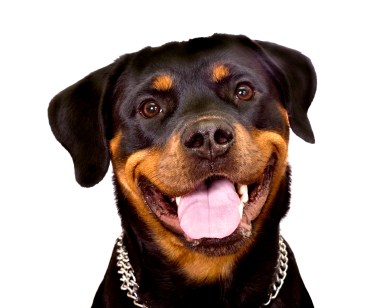There's been some stories lately in the media about people being falsely accused of crimes based on "dog sniff" evidence. These stories are interesting for writers, too, as some of us might be crafting a story with police dogs or an instance where a dog's sense of smell seemingly points to evidence.
Using Drug-Sniffing Dogs in Legal Cases
Police dogs are trained to detect certain odors, such as scents from the human body or the odors emitted by illegal drugs. However, there is a high possibility of a false positive because in a drug case, for example, the presence of an odor does not necessarily mean contraband was located in a targeted area.
From a brief to the U.S. Supreme Court, the SCOTUSblog recently quoted an analysis of three years of data from suburban Chicago police departments, which stated that only 44 percent of alerts by dogs to vehicles in roadside encounters produced drugs or paraphenalia.
Using Dogs to Sniff Out the Guilty in Line-Ups
There's also been a problem relying on dogs to sniff out guilty people in police line-ups. In 2004, the FBI warned that dog scent work "should not be used as primary evidence" but only to corroborate other evidence. The New York Times story "Picked from a Lineup, on a Whiff of Evidence" tells the story of two men who each served months in prison based on a police dog selecting them from lineups despite there being no other evidence that the men were guilty of the crimes. In one case, Ronald Curtis was "sniffed" out to be guilty of burglary although surveillance video of the crime showed that Curtis didn't at all resemble the burglar.
To see some wonderful pictures of police dogs (from the blog CrimLaw), click here.
The Bloodhound Nose
Several years ago, I took a workshop from a private investigator who specialized in bloodhound searches. Here's a few facts about bloodhounds and their smelling abilities:
- A bloodhound can smell a 6-week-old human fingerprint.
- A bloodhound holds all records for trailing (a 17-day-old trail and 138 miles)
- Their drools and slobber help humidify and steam the scent, thus enhancing it. Their nose membranes stay moist so scent molecules can reach olfactory receptor sites easily.
- Their long ears scoop up scent.
- Their loose skin helps get through underbrush and holds scent near the head.
- Their deep chest allows processing of lots of air by the nose.
Have a great weekend, Colleen

